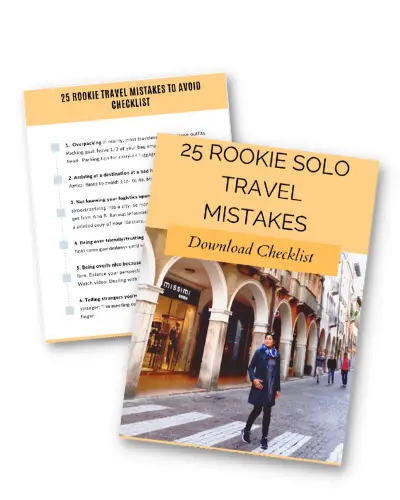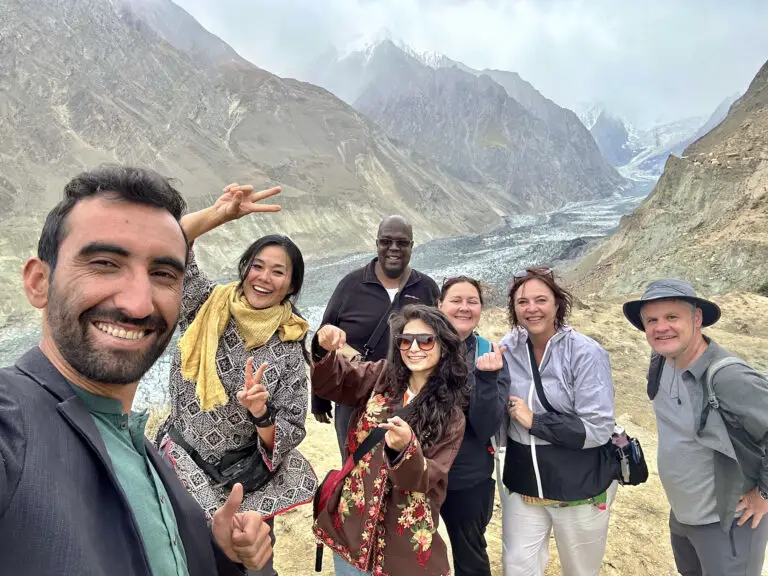Last Updated on May 12, 2011 by Christine Kaaloa
What photos have the most meaning for you and does having your picture taken, have meaning for you?
I was wandering through the town when a moustached Indian gent recognized the camera strapped around my neck. He wanted me to take a picture of him in front of the town’s central bathing ghat, so I did.
He wasn’t a local resident of this town but made a special pilgrimage to visit and pay his devotion to the temple.
“Very handsome. You have very strong eyes.” I said, showing him his picture, watching his stern face transform into a smile. Seeing people’s’ faces light up, when they see their faces on the camera viewfinder gives me such a kick!
“Strong”, he repeated with pride.
He called the rest of his tribe to get their photos taken too. Before I knew it, I had become the family portrait photographer.
Each person I snapped, I showed them their picture. Over and over, the same transformative effect.
“Beautiful”, I said after clicking after some of the ladies.
They teased each other, mimicking me… “Beautiful.” You could tell they felt the meaning of the word.
Beautiful.
For folks in developing countries who don’t travel through life with DSLRs slung around their neck snapping photos of themselves, seeing their image before them can feel like a magic act. The most they may have might be a photo for their passport book, maybe an old school picture.
My big “uh-oh” came when they wanted copies of the photos I’d taken. No one spoke strong English and from what I gathered, no one had an email address. Instead, they were writing me their home address. Uh-oh.
I’d been in this scenario before of getting an Indian address and not getting the correct format. The last thing you want to do is promise something you can’t deliver! Indian addresses are confusing to westerners; they don’t have house numbers. How the postman finds his delivery, I’m not sure. Moreover, to mail a bunch of printed photos from half-way around the world? Mailing things to India can be expensive!
The family solicited the help of an older, educated friend to use his address to receive mail from. I crossed my fingers. Then, they took me with them to have free temple food ( click here to read my experience).
The next day, I found that the town had a local photo developer. Three hours and at 6 rupees a print, I had prints for each person at a cost that was unfathomably cheap! The local post office wasn’t far, so immediately after retrieving my prints, I rushed them (I was leaving that day!) to get weighed, stamped and mailed.
 The Gokarna post office
The Gokarna post office
 Weighing my envelope, India style
Weighing my envelope, India style
 Signed, sealed and stamped!
Signed, sealed and stamped!
Starting your career as a family portrait photographer in a developing isn’t a lucrative job, but it might be your most memorable and meaningful one!
Tips to remember about ethics and photographing in a developing country:
* Be respectful, don’t be a photo jerk.
You’d not believe how many click-happy tourists fail to be respectful when snapping locals. You may want that perfect close-up shot but the difference between being an obstacle vs. being a witness is big. When shooting daily events, there’s a time and place for flash bulbs; be discerning.
Good rule of thumb: Put yourself in other people’s’ shoes– if the shoe were on your foot, under the given circumstance, would it create annoyance for you? If the answer is yes, then back off. Use your zoom lens or experiment with turning your flash off (in the latter case, sometimes the shot is better without it).
I was in Luang Prabang, witnessing the monks take alms. Some tourists ran in front of the monks to get closeups, while also using their flashes! Imagine it being 5 AM, still dark and having paparazzi flashes go off in your face as you’re performing your spiritual practice. Not cool.

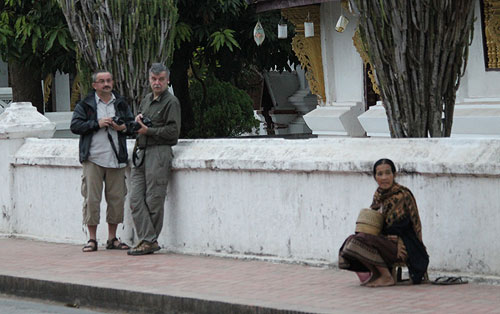 Tourists stalking a potential photo-op situation.
Tourists stalking a potential photo-op situation.
*Ask permission to shoot
Not everyone wants their picture taken and if someone doesn’t, you have to respect their situation. Otherwise, certain situations call for consideration. Photo ethics are a gray zone for tourists & photo hobbyists and it depends on what you’ll be using the photos for. If you’re using your photos professionally, you’ll definitely need a photo release from the subject you’re shooting. If it’s for your trip photos and your Facebook account, you’ll have to weigh the situation.
For instance, if I shoot from a far distance and not creating annoyance, then I feel I’m fine. But if I’m shooting at close range or want a portrait, I’ll ask for permission.
.
.* Show your subject their photo.
People in developing countries are especially appreciative to see themselves in a photo; so if you take one, feel free to share it with them! This is a great way to interact with locals, as well. Rural folk don’t always have photos of themselves (less a mirror) and the camera itself, are a strange device to them. Sometimes, being shot can give people a feeling of being beautiful or famous.
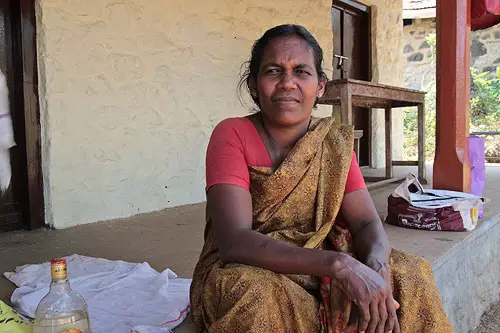
* To pay or not to pay?
Decide in advance how you want to handle this type of exchange. To pay with money or candy can feed the problem of begging in a developing country and some touts (children and adults) use click-happy tourists as a mark. In such cases, the line, “Take my picture” is followed by a harassment for currency. This is not a positive exchange I’d support (but this is me) and in such cases, I immediately delete their photo.
If you plan to make money off of a person’s image however, payment of some sort is considerate and signed permission is necessary. If the picture is for personal reasons, find creative ways of “exchange”: show people their photos, mail them their photo (even a xerox printout can be nice), chat with them for a while and maybe share snacks you have.
* Email your subject their photo.
The easiest and cheapest way to deliver a photo is via internet. However if you’re in a rural area, English-speaking literacy and internet aren’t always accessible. To ask for email and a Facebook account will obviously garner confused responses.

* Mailing your subject a print.
In some cases where you’ve photographed a group, it’s not realistic to send each person their photo; however, you can at least send one person the pictures. They can decide how to distribute the photo or make xeroxes (such was the case in the photo below). One of the women (below) had a son who had an email address. I emailed her the pictures.
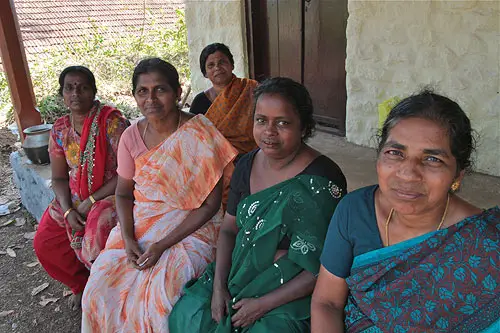
Look for photo developing shops. It was surprisingly easy for me to find photo shops in a town, even as small as Gokarna and get a one-day turn-around in prints. I saved myself photo developing costs and exhorbant mailing expenses which I might have encountered had I done this in the U.S.
Also keep in mind, receiving mail may not be a common event for some folk. Get a local address and double-check if it’s correct. My family (at the top) had an English-speaking friend, who agree to use his own address. When I went to the post office, I confirmed the correct format for mailing before sending it off.
* If you promise a photo delivery, try your best to keep your promise.
Folk in developing countries tend to take your word for truth, expecting a promise is a promise. This is how they do their own dealings. If you can’t deliver, don’t make a promise; always tell the truth.
Do you have any memorable or meaningful travel photo stories? Any tips for photographing in a developing country?


